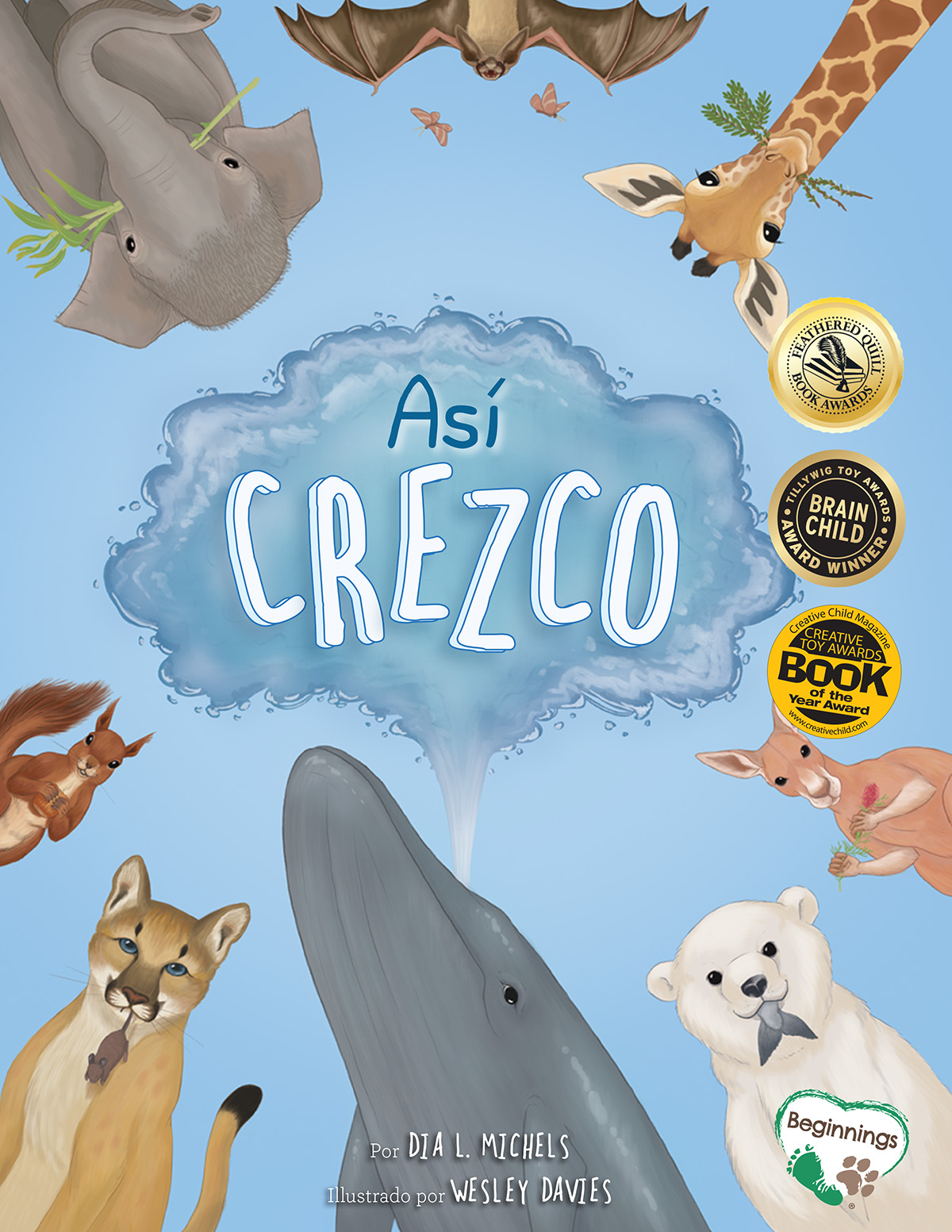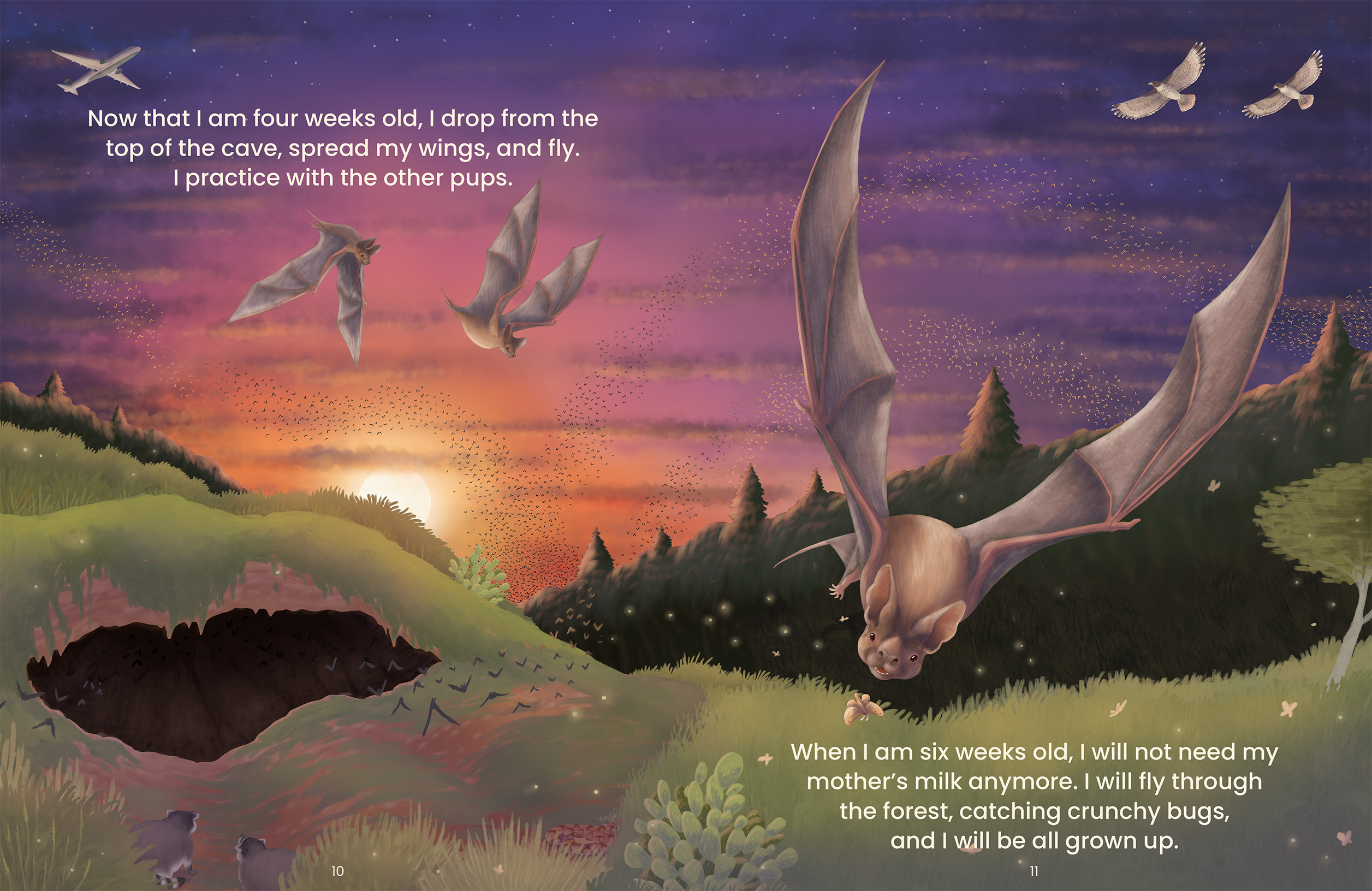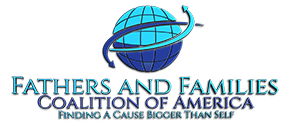Posts
Read a Book to a Child, and Make the World a Better Place

Read a Book to a Child, and Make the World a Better Place
By Caitlin Burnham
Families come in all shapes and sizes… and species! From a caravan of camels, a herd of elk, a pride of lions, a colony of bats, or a community of people, we need each other to survive and thrive.
In a community, we come together to support each other, learn from each other, and inspire each other. A community gives us a sense of fellowship, safety, and belonging. One of the best ways to foster community in young children is to teach them about empathy. A strong sense of empathy helps children build strong relationships with the other community members and encourages tolerance and acceptance of others.
Stories about mammal families can be a safe and powerful way to foster community and promote compassion. Mammals grow up in so many different ways -- deep in the ocean, high in the trees, in vast deserts or abundant rain forests. Mammal young can be raised with lots of siblings with a mother and father, can be a twin raised in a community of females, or a single baby with a single parent. Showing the variety of families and communities in the natural world opens the door to new ways of understanding what community means.
This is How I Grow, and the Spanish edition, Así crezco, are two new children’s books about mammals families. The book explores the different paths baby mammals take to become “all grown up.” Through beautiful, panoramic illustrations and fascinating text, kids learn about the skills baby mammals, such as whales, polar bears, and giraffes, must learn from their family -- and community -- on their way to maturity.
Introducing mammals from different habitats worldwide helps children see the differences and similarities in what it means to be a child. Did you know...
- Adult giraffes don’t have many predators, but the baby calves do. Until a young giraffe is four years old, it is vulnerable to lions and hyenas. Adults, with their tall necks, can spot predators eyeing the young. They form a tight group to protect the calves, and, if necessary, kick the threatening animal with their powerful legs. There’s safety in numbers!
- Polar bears learn valuable survival skills from their moms – that’s why they stay with her for three years. With their twin, cubs copy their mother’s behaviors to learn how to hunt, swim and stay safe in the Arctic. Mom is the key to their food, education, and safety.
- Like humans, elephants take a long time to have and raise their families. The females are pregnant for 645 days with one calf! Then the young nurse for four years, and will continue to be dependent on the herd for another few years after they wean. Different animals need different lengths of time to grow and mature.
These three mammals -- and more -- are featured in This is How I Grow and Así Crezco. They are just a sampling of the fascinating things kids can learn about the world around them. Taking a peek into the world of mammal families helps children get a sense of how their own family fits into the world around them.
Discover even more animal stories from Science Naturally’s Beginnings collection of children’s books about mammals. Fathers and Families Coalition of America readers can enjoy an exclusive discount. Just go to ScienceNaturally.com and enter the coupon code “FATHERS” for 25% off any books on the site (and free shipping!).


